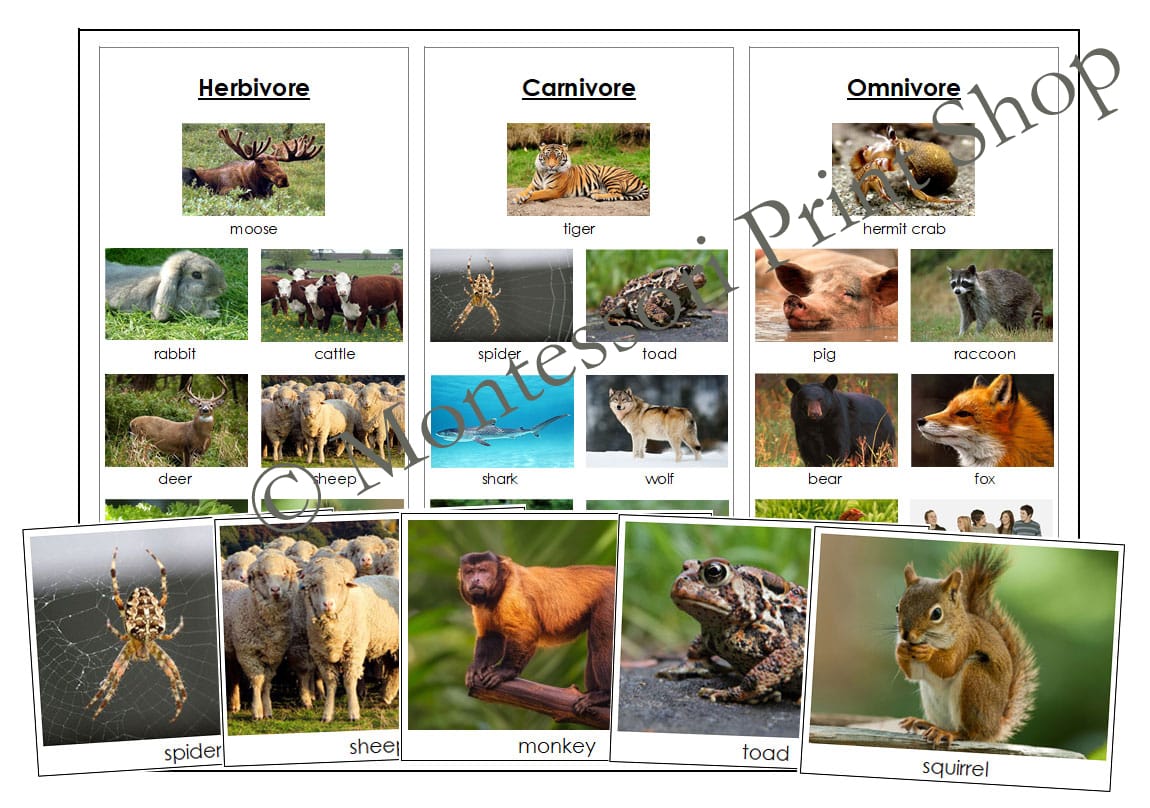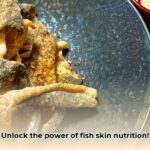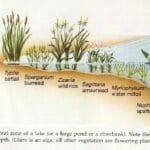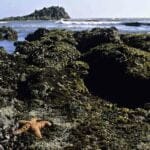You might think of the blobfish as a deep-sea couch potato, but it’s actually got a pretty interesting diet. This weird-looking fish lives in the deep, dark ocean where there’s not much food floating around. So what does it eat? Well, it’s not a picky eater, that’s for sure.
Blobfish Diet: A Closer Look
We’ve all seen the pictures: the blobfish, a gelatinous mass with a perpetually sad expression, often crowned the “World’s Ugliest Animal.” But beyond its unique looks lies a fascinating creature with a diet as unusual as its appearance. So, is this denizen of the deep a carnivore, chomping on other creatures, a herbivore, peacefully grazing on plants, or an omnivore, enjoying a bit of both worlds?
Current research suggests that blobfish are primarily carnivores. However, they don’t actively hunt. Imagine living in the deep sea, where sunlight barely reaches and food is scarce. In this environment, blobfish have evolved a rather laid-back approach to dining. They’ve earned their keep as scavengers, patiently waiting for food to literally drift by.
Their main course likely consists of carrion—the remains of dead animals that sink down from the ocean’s upper layers. This might not sound appetizing to us, but for a blobfish, it’s a readily available buffet. They probably also snack on small crustaceans, mollusks, and sea pens that wander too close.
Adaptations for a Deep-Sea Diet
Here’s where things get interesting. Because they inhabit such a food-scarce environment, blobfish are incredibly energy efficient. They don’t have powerful muscles for chasing prey and instead have adapted to survive on infrequent meals, making the most of whatever edible morsels come their way.
Their gelatinous bodies are actually a brilliant adaptation for their deep-sea home. This low-density composition allows them to float effortlessly above the seabed, conserving precious energy. No need to burn calories swimming when you can simply bob along with the current!
Plus, their large mouths and suction-like tongues are perfect tools for their scavenging lifestyle. A blobfish can engulf small creatures with ease, ensuring that no morsel goes to waste.
The Mystery of the Blobfish Menu
While we know that blobfish aren’t winning any beauty contests, their eating habits are still somewhat of a mystery. Because they live at depths of 2,000 to 3,900 feet, observing blobfish in their natural habitat is incredibly challenging. Much of our current understanding comes from analyzing the stomach contents of specimens accidentally caught as bycatch.
Some experts believe that blobfish might be opportunistic omnivores. There have been observations of blobfish consuming plant matter, suggesting they might not be strictly carnivorous. This adaptability would be a huge advantage in the deep sea, where food sources can be unpredictable.
Conservation Concerns
Sadly, even though nobody is specifically trying to catch blobfish, they often end up as bycatch in those huge deep-sea trawling nets. This can seriously injure or even kill them. It’s a big reminder that we need to protect these unusual creatures and their habitat.
Discover the incredible diversity of marine life, including animals you’d find at an estuary.
The Blobfish: More Than Meets the Eye
The blobfish, with its weird looks and mysterious lifestyle, reminds us how much we still have to learn about the deep sea.
Key Points:
- Blobfish are likely carnivores, primarily consuming carrion and small sea creatures.
- Their gelatinous bodies and suction-like mouths are adapted for a low-energy, scavenging lifestyle in the deep sea.
- More research is needed to fully understand their diet and feeding behavior.
- Accidental capture in fishing gear poses a threat to blobfish populations.















